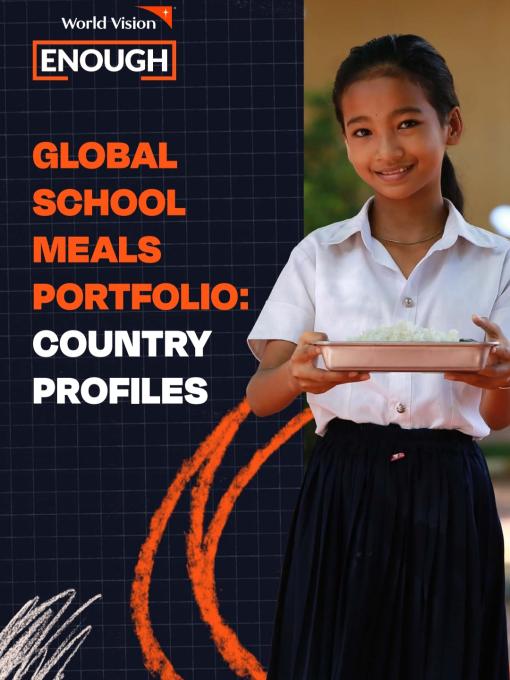World Vision Ethiopia - Situation Report 10
Download
World Vision Ethiopia continues to respond to a hunger crisis affecting 8.5 million people in the country. Although many have already been reached, the scale and severity of the crisis call for more action.
World Vision is drawing attention to:
- More than 8 million in need: An estimated 8.5 million people require relief food assistance due to the lingering effects of the 2015-2016 drought and poor rainy seasons in 2016 and 2017. Additionally, 10.5 million people will require support for regular access to safe drinking water and some 2.2 million households will require livestock support through end of 2017. The net requirements to address identified food and non-food needs for the remainder of the year is US$487.7 million, making 2017 humanitarian requirement $1.259 billion.
- Children increasingly malnourished: Some 3.6 million moderately malnourished children and pregnant and lactating mothers are expected to require supplementary feeding by the end of the year. An estimated 375,000 children will become severely acutely malnourished until the end of 2017.
- Water-borne disease outbreak: Acute watery diarrhoea (AWD) has been on increasing trend, with new geographical areas being affected. A WHO report shows that in the week ending in August 6, 2017, a total of 491 cases were reported from five regions: Amhara, Tigray, Somali, Oromia, and Afar. Since the beginning of 2017, 40,457 cases, including 817 deaths, have been reported.
- Need to scale up response: In order to meet rising needs, World Vision aims to scale up its response. Already in the 2017 drought, World Vision Ethiopia has secured US $22 Million, of this US $18.1M is the in kind resources and administration costs for food assistance of Joint Emergency Operation Program in 12 drought affected districts.
World Vision is responding by providing nutrition support, water, sanitation and hygiene, health, education and livelihood/food security projects in the drought affected areas. Read about our programmes and their reach in this Situation Report



